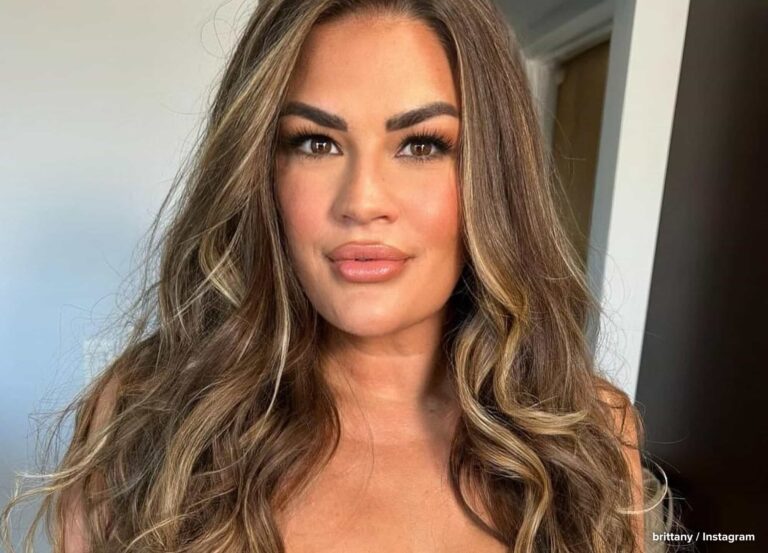Featured Expert
Dr. Lyle Leipziger, a board-certified plastic surgeon in Great Neck, New York
Breast augmentation is one of the most popular plastic surgeries year after year, but it’s not exactly a one-and-done procedure. Maintenance can be a big part of it, as Selling Sunset star Chrishell Stause recently shared.
In a video posted to Instagram (in partnership with her breast surgeon, Beverly Hills, California–based plastic surgeon Dr. Josef Hadeed), Stause shared that after a full-body scan, she learned that her 15-year-old breast implants had ruptured. “It’s such a mental block when you learn that you have ruptured breast implants. It’s odd,” she says of her initial reaction. “I didn’t like feeling like I could be hurting my body in the long run.”
Even more concerning to her was the fact that she didn’t suspect it at all. “I think that’s the scary part—it was a surprise to me,” she continues. “I didn’t feel any symptoms. Of course, there are things, looking back, where I’m like, ‘Oh, could that have been that?’ I’m not sure.”
Stause isn’t alone: the signs of a ruptured breast implant can be relatively subtle. For instance, a patient “may notice their breasts appear uneven, and the shape and size may change as a result,” says Dr. Lyle Leipziger, a board-certified plastic surgeon in Great Neck, New York. If you’re not looking closely, you may not even notice a silicone rupture. (However, saline implant ruptures are a different story: these are “usually easily diagnosed by the patient because the breast size decreases due to the leakage of saline outside the implant,” he says.)
In her caption, Stause shared that her initial reaction was fear; she was “thinking about having to undergo surgery and if the rupture would lead to any complications over time,” she wrote. And that’s not unwarranted. If the rupture is caught early, the implant “will usually have the silicone gel still within the implant capsule,” says Dr. Leipziger. If it’s not addressed quickly though, the silicone gel can become integrated into the surrounding capsule, which can lead to scar tissue and cause capsular contracture—a painful side effect. Depending on the extent of the silicone’s spread into the surrounding tissue, the entire implant capsule may need to be partially or completely removed.
After crediting Dr. Hadeed with her recent surgery to replace her ruptured implants—as her previous surgeon had retired—Stause closes the video by encouraging her followers to do their due diligence. “If you have aging or, should we say, ‘vintage’ breast implants, you should get them checked out,” she says. “A lot of people might be living with them and don’t know it.”
Breast implants tend to rupture as a result of “fold failure,” which “essentially means that the shell of the implant may simply wear out over time—usually many years later,” says Dr. Leipziger, who discusses the possibility of a rupture and subsequent replacement with his patients ahead of surgery. In other words, just like a pacemaker or a knee replacement, breast implants have a lifespan and need to be replaced, according to Dr. Leipziger, who advises annual checkups for his breast augmentation patients. “There is usually no such thing as a permanent medical device,” he says.











